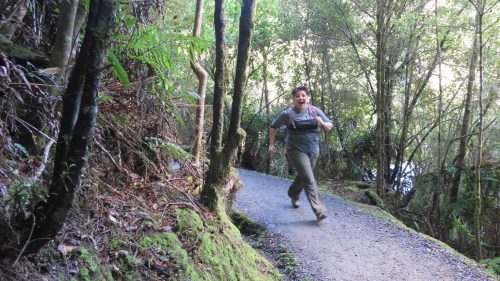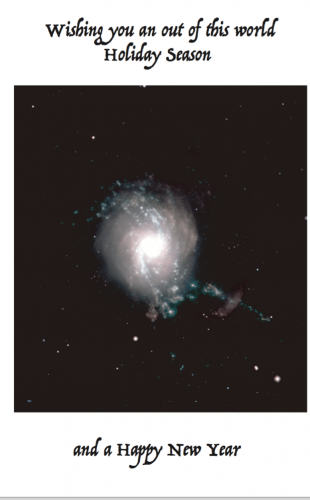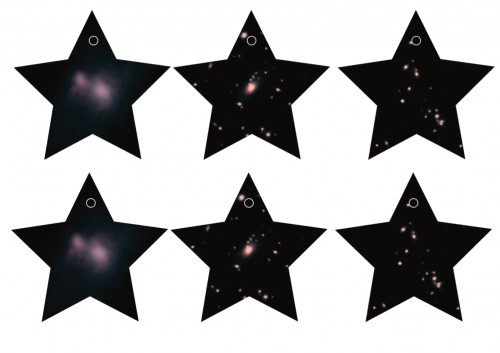Welcome to Gemini’s 12 Days of Solstice! This is a joyous countdown to the longest, or shortest (depending on which hemisphere you live in) day of the year! Visit our blog each day from December 11 – December 22 for Gemini-themed crafts, cartoons, playlists, videos and much, much more.
This year, Gemini observations unraveled many mysteries surrounding interesting astronomical objects. Today we present a summary of the top science highlights that Gemini observations have contributed to over the past year, assembled by Media Relations and Outreach Intern Jasmin Silva. Lets look at this year in science at Gemini!
Gemini Probes Distant Host of Enigmatic Radio Bursts
Gemini began contributing to the year’s wave of discovery not with a bang, but a burst! In January, results of a long-term study were unveiled which features critical Gemini follow up observations of a Fast Radio Burst — ”one of astronomy’s greatest enigmas.”
A Fast Radio Burst is a sudden, rapid explosion of energy originating from space. These objects are infamously misunderstood, and this year brought forth pivotal information in solving the puzzle. Gemini provided first details on a burst’s host within a distant dwarf galaxy about 1% the mass of the Milky Way. Once the burst’s location was identified, the Gemini Multi-Object Spectrograph was used to image and perform spectroscopy on this object to characterize it.
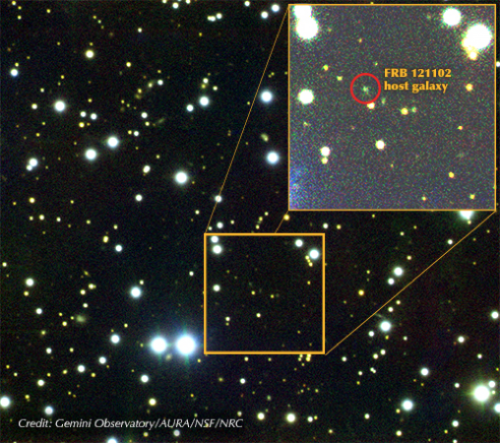
Gemini composite image of the field around FRB 121102 (indicated). The dwarf host galaxy was imaged, and spectroscopy performed, using the Gemini Multi-Object Spectrograph (GMOS) on the Gemini North telescope on Maunakea in Hawai’i. Data was obtained on October 24-25 and November 2, 2016. Image Credit: Gemini Observatory/AURA/NSF/NRC.
Striking Gemini Images Point Juno Spacecraft Toward Discovery
As the year progressed, the observatory continued to unravel mysteries of the universe. Gemini supported the NASA/JPL Juno spacecraft in understanding Jupiter’s atmosphere. The telescope proved to be a powerful tool, providing high-resolution images of the gas giant thanks to its 8-meter mirror. “Even in the raw data, the quick look view shows the complexity of Jupiter’s belts and storm systems.”
You can learn more about this result here.
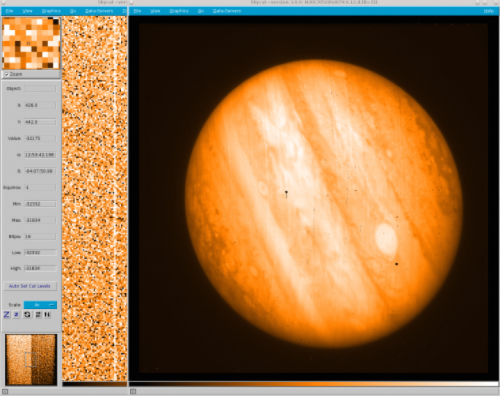
A view of Jupiter from the Gemini North quick look tool. Image credit: Jen Miller/Gemini Observatory/AURA/NSF.
Astronomers Feast on First Light From Gravitational Wave Event
The autumn season brought major scientific breakthroughs. Arguably, the most important and awe-inspiring news of the year is the observation of first light from a gravitational wave event first detected by LIGO (Laser Interferometer Gravitational-Wave Observatory) and localized with help from Virgo, and the Fermi Gamma-ray Space Telescope.
“Gemini Observatory ‘pulled all of the stops’ to bring a gravitational wave source into focus and capture early optical and infrared light from the merger of two neutron stars. The critical ground-based observations spanned almost a month during the summer of 2017 and allowed astronomers to dissect the first electromagnetic light emissions ever associated with a gravitational wave event.”
Neutron stars are thought to be very rare, and the observation of a merger may indicate that this belief is incorrect! Virgo began operations only two short weeks before the detection of the gravitational wave source. As we get into 2018, it will play an important role in answering this question.
You can learn more about this result here.
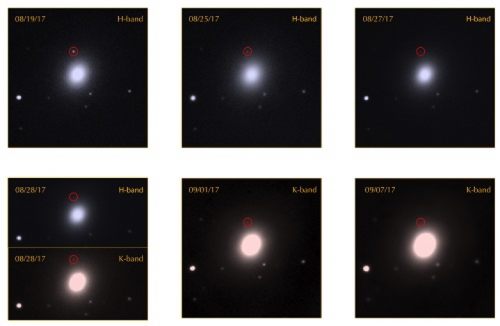
The image sequence above shows infrared imaging from the FLAMINGOS-2 imager and spectrograph for a period of over two weeks. Credit: Gemini Observatory/NSF/AURA/Edo Berger (Harvard), Peter Blanchard (Harvard), Ryan Chornock (Ohio University), Leo Singer (NASA), Mansi Kasliwal (Caltech), Ryan Lau (Caltech) and the GROWTH collaboration, Travis Rector (University of Alaska), Jennifer Miller (Gemini Observatory)
First Known Interstellar Visitor is an “Oddball”
About a month after the big news about the neutron star merger, Gemini peered at ‘Oumuamua, the first known interstellar object to pass through our solar system. ‘Oumuamua loosely means “a messenger that reaches out from the distant past,” fitting the nature of the object’s interstellar origin. In Hawaiian ‘ou means “to reach out for,” while mua means “first” and is repeated for emphasis.
“After the object was discovered by Pan-STARRS1 on Haleakala, both Gemini telescopes dropped everything to observe ‘Oumuamua for as it quickly dimmed from view. Researchers found that despite its interstellar origin, the object is similar in composition to some objects in our Solar System but its shape is unlike anything found around our Sun.”
You can learn more about this result here.
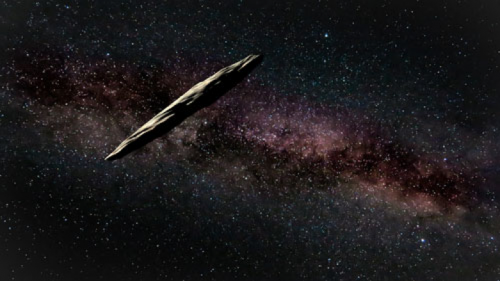
Image shows artist’s interpretation of ‘Oumuamua as it approaches our Solar System. The object rotates approximately once every 7.4 hours based on the data used in this research. Credit: Gemini Observatory/AURA/NSF image by Joy Pollard
This is just a brief overview of Gemini’s year of discovery, and more can be found in the Gemini News Archive.
